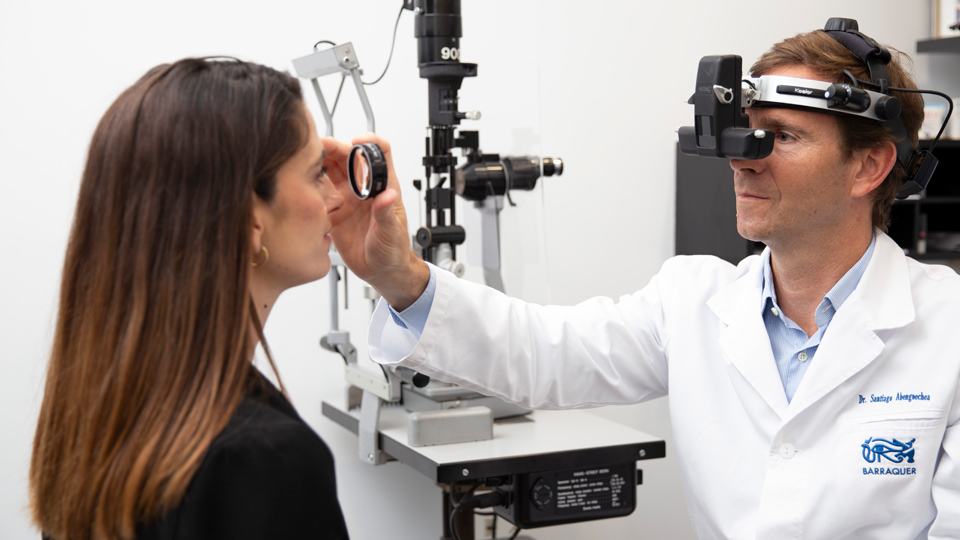Benefits of strength training
22/04/2025

24/10/2024
Vitrectomy: what is it and when is it performed?
The vitreous humour, or vitreous gel, is a gelatinous substance that fills the space between the retina and the lens, helping to maintain the consistency and transparency of the eyeball. Pars plana vitrectomy is a surgical procedure in which this gel is removed to treat various eye conditions, such as retinal detachment or macular holes.
Procedure
During vitrectomy, a small incision is made in the eye to access the vitreous gel. A specialized instrument called a vitrector is then used to cut and aspirate the gel. After removing the vitreous humour, a saline solution, gas, or silicone oil is injected to maintain the eye's structure. The procedure is performed under local or general anaesthesia, depending on the specific case and patient preference. Once the surgery is completed, a bandage is placed over the eye for several hours.
This technique offers varied results based on the specific condition treated and the individual characteristics of each patient. Generally, vitrectomy helps to address the underlying pathology and minimize its long-term effects.
When is it indicated?
Vitrectomy may be recommended for various eye conditions:
Dr. Santiago Abengoechea, ophthalmologist at Barraquer Ophthalmology Centre